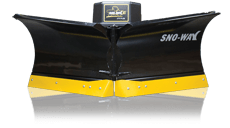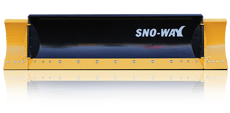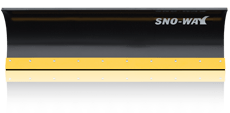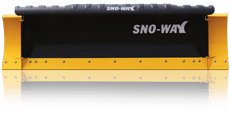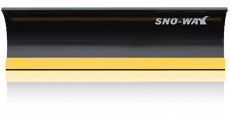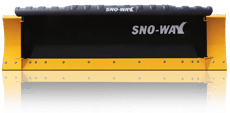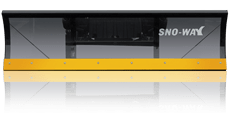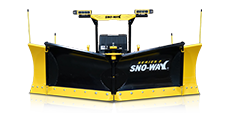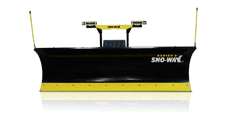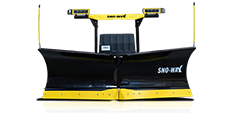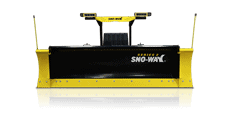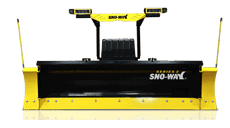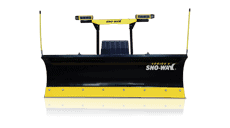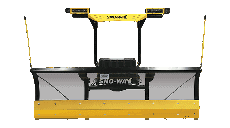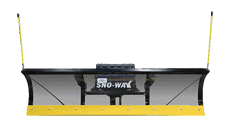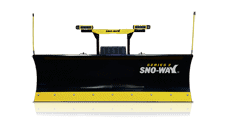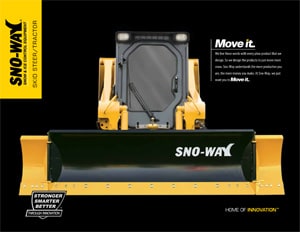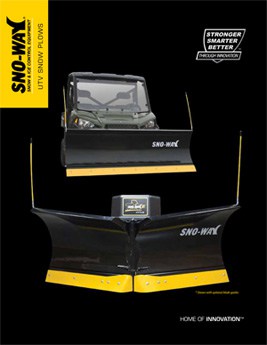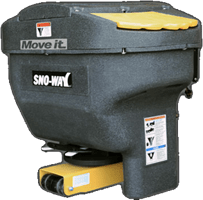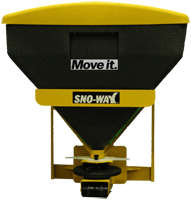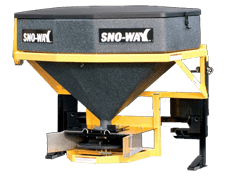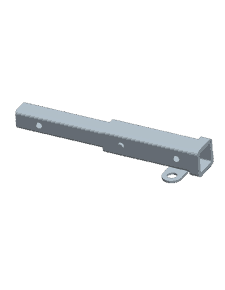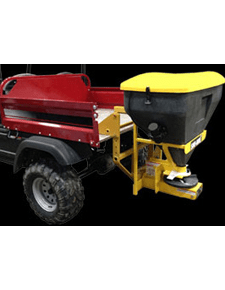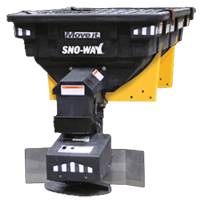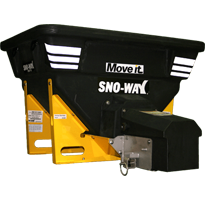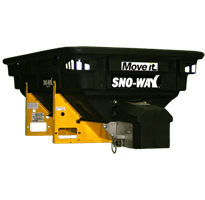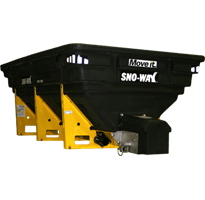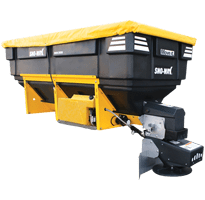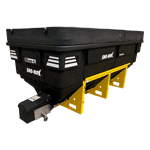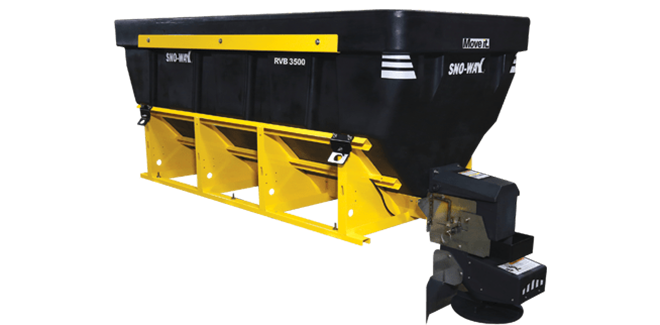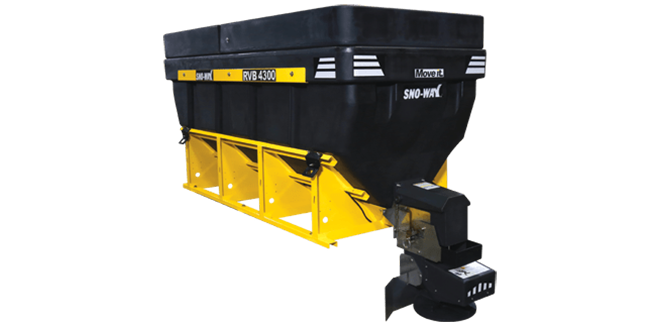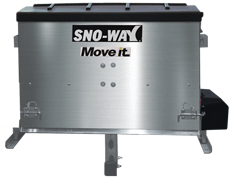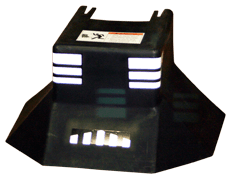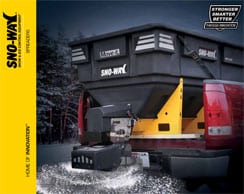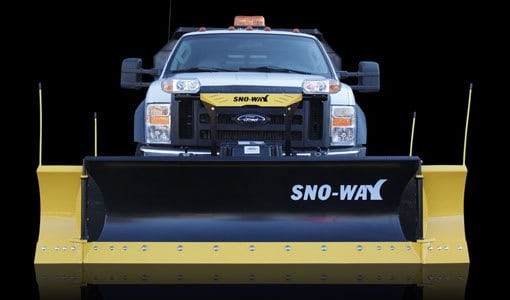A snow plow is an expensive investment and like any other piece of equipment that is used for only part of the year, your plow should be stored properly to keep the equipment in its best condition. It takes very little time to prepare a snow plow for storage and it not only keeps the plow looking good, properly storing your snow plow could also prevent costly repairs down the road. Most experienced people can prepare their plow for storage in less than an hour. If this is your first time or your snow plow is really dirty, it may take a little longer.
You can watch our video or keep reading below for the information you need to properly store your snow plow.
1. Clean the Snow Plow
Remove any dirt and debris from the plow. Salt, sand, and dirt on your plow will encourage corrosion, so to keep you plow in good condition for the long term, clean it with warm soapy water (regular dish soap works fine) and a water rinse. We do NOT recommend use of a high pressure power sprayer and do NOT run your plow through an automatic car wash. Be careful to avoid getting any electrical connections excessively wet while cleaning your plow.
2. Look Over the Snow Plow for Damage.
Look for hydraulic fluid that appears after washing the plow to discover any hydraulic leaks. Do a visual inspection of all hydraulic lines and wiring for kinks, scrapes, bulges, or anything abnormal that shows damage to the plow. Complete a visual inspection of the frame for cracks, bowing, or buckles. Be sure to also check for scratches or holes in your headlight lenses. Now is the time to find and fix any damage rather than letting your snow plow get worse while it sits in storage. For severe damage, make plans to replace your plow next season.
3. Disconnect the Snow Plow
Park the plow where you can store it. If you have the ability to move a pallet, we recommend you put your snow plow on a pallet so you can easily move and store your plow. Follow the directions that came with your plow to disconnect your unit. We recommend parking your plow indoors or on concrete or asphalt.
4. Protect the Electrical Connections.
Put dielectric grease on all electrical connectors (connectors on the truck AND on the plow) to prevent corrosion. Put all necessary caps on or plug together any necessary electrical connections. You can find dielectric grease at most automotive parts stores, most big box stores with an automotive department (like Walmart), or online.
5. Remove Rust
All plows work in harsh environments that will create scratches and chips on the finish of your plow. To keep your plow looking cosmetically appealing, remove the rust with a wire brush then cover the affected areas with 2-3 layers of factory formulated touch up paint for the best protection and for a color that will match what is on your plow.
6. Grease the Plow
Use lithium grease spray to protect and lubricate every movable part on the plow including all joints, pins, and hinges. We recommend a spray on lithium grease like you can find in most automotive stores or automotive departments.
Use Lithium grease on the cylinders too (non-painted side) to protect them from the elements.
Should I change the Hydraulic Fluid? There are different opinions in the industry, but we like to change our hydraulic fluid at the start of a new season so we know we have fresh oil in the snow plow. If you suspect a hydraulic leak, however, it is a good idea to both fix the leak and change the fluid to ensure no corrosion promoting moisture is sitting in your snow plow.
7. Remove Spring Tension
Relieving spring tension will give the springs a longer life. Release the spring tension so that the coils touch one another, but not so much the springs hang loosely on the plow. Remember to reset spring tension in the fall so that there is just enough room to slip a business card between coils.
8. Move Your Snow Plow to a Summer Storage Location.
Just keeping your plow out of sight (out of sight/out of mind) goes a long way to keep your snow plow safe from theft or vandalism. You may choose to put a chain and padlock on your plow to also deter against theft. We assume you have already recorded the serial numbers of all your equipment, but to be on the safe side, just before you put the snow plow away is a good time to write down the serial numbers of the equipment you own.
Inside storage in a dry location is the best option for storing your plow. If you need to store your plow outside, park the plow on concrete, asphalt, or gravel, not over grass or dirt (grass and dirt will keep moisture by your snow plow). If you store your plow outside, put a tarp over the plow to protect it from the sun and the rain. The tarp should be attached tightly enough that it does not come off, but there should be room for air movement to ensure there is not a build up of condensation or moisture inside the tarp on your plow.
9.Write on the Calendar When You Need to Get the Snow Plow Out of Storage.
Most people wait until snow is in the forecast to get the plow out of storage. If you plan ahead, you will be ahead of the game and under a lot less stress by having your snow plow ready to go well in advance of the first snow fall.


